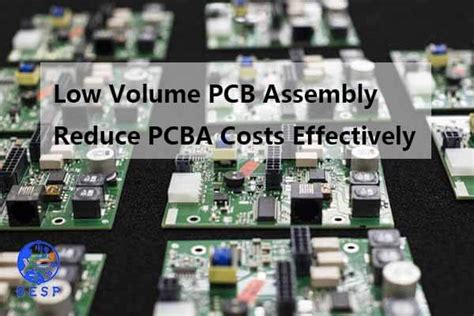
ALL ABOUT FLEX PCB
-
 Read more: PCB Manufacturing Cost Breakdown– Help Maximize Your Cost Savings
Read more: PCB Manufacturing Cost Breakdown– Help Maximize Your Cost SavingsFactors Influencing PCB Manufacturing Costs Several key factors influence the cost of PCB manufacturing. These include: PCB Design Complexity PCB Size and Thickness Number of Layers Material Selection Surface Finish Quantity and Turnaround Time Testing and Inspection Requirements Let’s explore each of these factors in more detail. PCB Design Complexity […]
-
How to Calculate Size of the PCB
Posted by
–
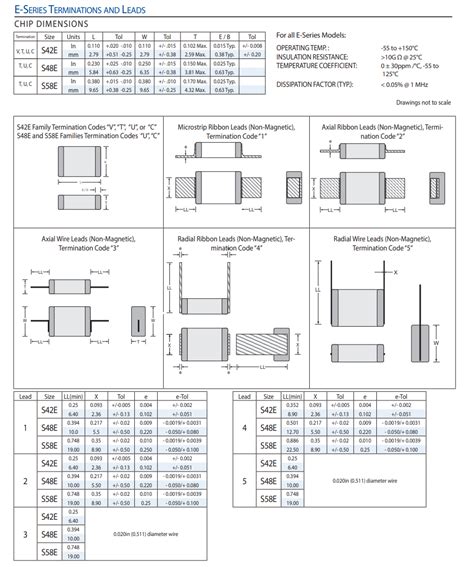 Read more: How to Calculate Size of the PCB
Read more: How to Calculate Size of the PCBUnderstanding PCB Size and Its Importance Printed Circuit Boards (PCBs) are the backbone of modern electronics. They provide a platform for mounting and connecting various electronic components to create a functional circuit. One crucial aspect of PCB design is determining the appropriate size of the board. The PCB size directly […]
-
0 Ohm Resistor – What Is It Used For?
Posted by
–
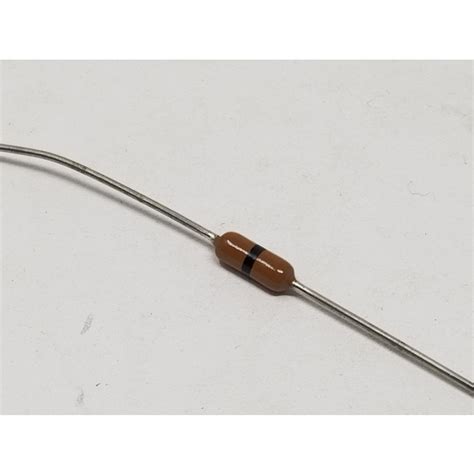 Read more: 0 Ohm Resistor – What Is It Used For?
Read more: 0 Ohm Resistor – What Is It Used For?Introduction to Zero-ohm resistors A zero-ohm resistor, also known as a jumper resistor or wire link, is a special type of resistor with negligible resistance, typically less than 0.005 ohms. Despite its name, a zero-ohm resistor does not actually have zero resistance, as this would be impossible according to the […]
-
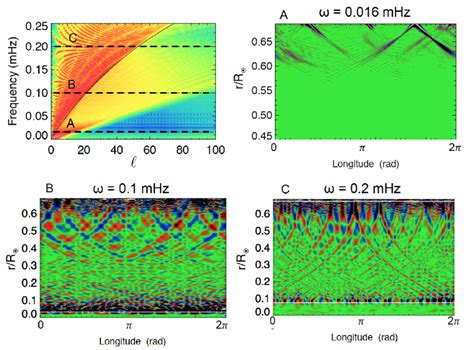 Read more: How To Distinguish Between Wave soldering And Reflow Soldering
Read more: How To Distinguish Between Wave soldering And Reflow SolderingIntroduction to Wave-Reflow Distinction In the world of Electronics Manufacturing, soldering is a crucial process that ensures the proper connection and stability of components on a printed circuit board (PCB). Two of the most commonly used soldering techniques are Wave Soldering and reflow soldering. While both methods aim to achieve […]
-
DCACLab Multimeter
Posted by
–
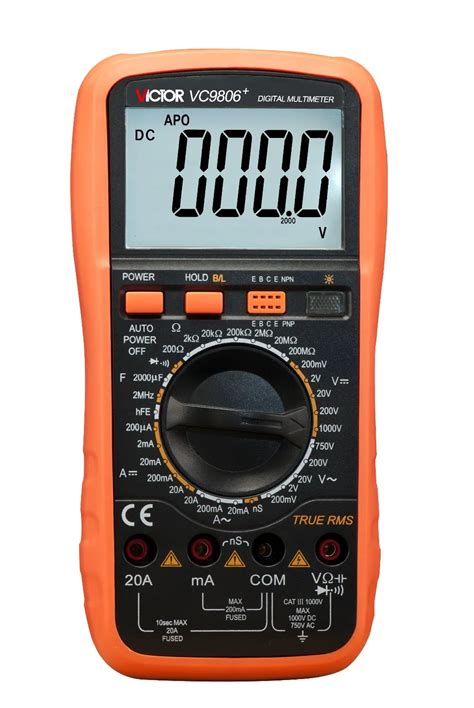 Read more: DCACLab Multimeter
Read more: DCACLab MultimeterWhat is a Multimeter? A multimeter, also known as a multitester or VOM (Volt-Ohm-Milliammeter), is an electronic measuring instrument that combines multiple measurement functions into a single device. It is used to measure various electrical parameters such as voltage, current, resistance, continuity, and sometimes even capacitance, frequency, and temperature. Types […]
-
Ideal Scope for Hacking PCBs at Home
Posted by
–
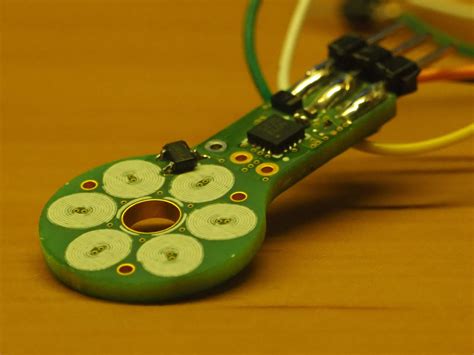 Read more: Ideal Scope for Hacking PCBs at Home
Read more: Ideal Scope for Hacking PCBs at HomeIntroduction to PCB Hacking PCB hacking, also known as printed circuit board hacking, is the process of modifying or repurposing PCBs for various projects and applications. It involves understanding the PCB design, identifying components, and making changes to suit specific needs. PCB hacking has become increasingly popular among hobbyists, makers, […]
-
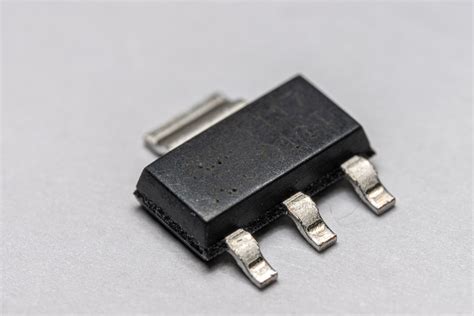 Read more: Generating set upthe automatic voltage regulator PCB circuit
Read more: Generating set upthe automatic voltage regulator PCB circuitUnderstanding the Basics of Voltage Regulation Before we dive into the specifics of the AVR PCB circuit, let’s first understand the fundamental concepts of voltage regulation. In an ideal power generation system, the output voltage should remain constant regardless of the load demands. However, in reality, various factors such as […]
-
PCB Thickness-What Is The Standard?
Posted by
–
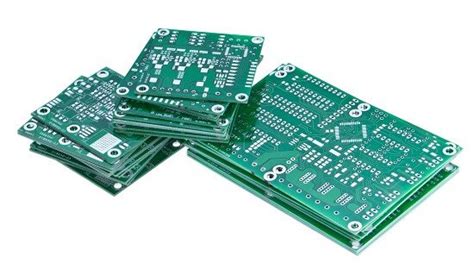 Read more: PCB Thickness-What Is The Standard?
Read more: PCB Thickness-What Is The Standard?Understanding PCB Thickness PCB thickness is typically measured in either millimeters (mm) or thousandths of an inch (mils). One mil equals 0.001 inch or 0.0254 mm. The thickness of a PCB is determined by the combined thickness of the copper layers, substrate material, and any additional layers such as solder […]
-
How to Connect a Wire to a Circuit Board
Posted by
–
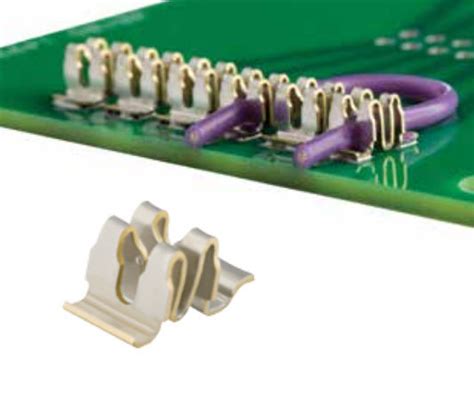 Read more: How to Connect a Wire to a Circuit Board
Read more: How to Connect a Wire to a Circuit BoardIntroduction to Wire-to-Board Connections Connecting wires to a circuit board is a fundamental skill in electronics. Whether you’re a hobbyist or a professional, knowing how to properly wire-to-board can save you time and ensure your projects function correctly. In this comprehensive guide, we’ll cover everything you need to know about […]
-
 Read more: Everything You Need To Know About The Global Chip Shortage
Read more: Everything You Need To Know About The Global Chip ShortageWhat Are Semiconductor Chips? Semiconductor chips, also known as integrated circuits (ICs) or microchips, are the brains behind modern electronics. These tiny components, made from semiconductor materials like silicon, contain millions or billions of transistors that process and store data, enabling the functionality of devices such as: Computers and laptops […]




